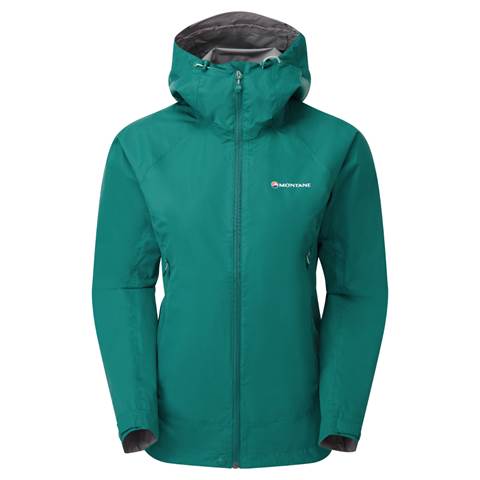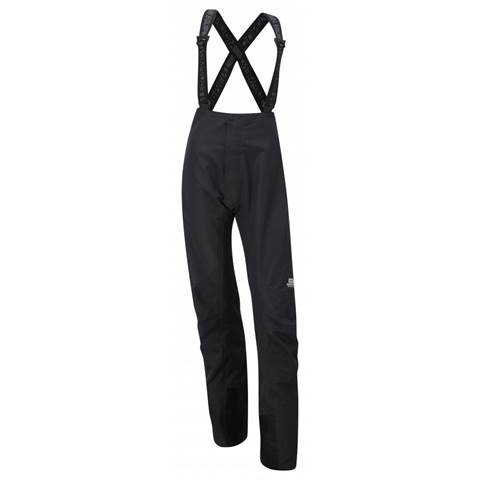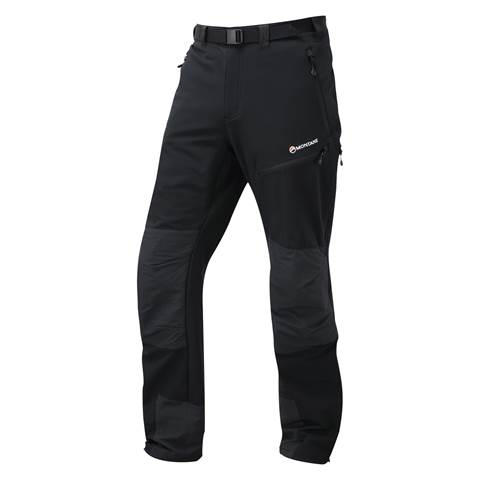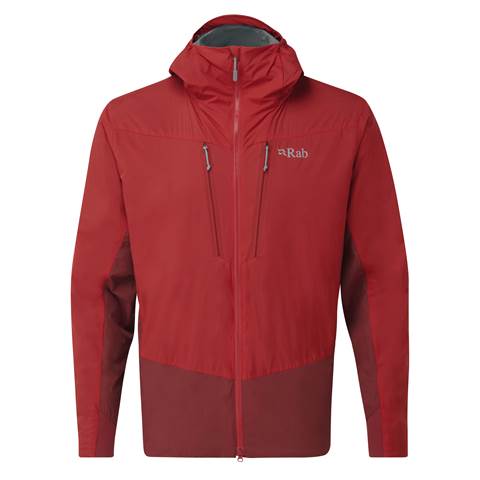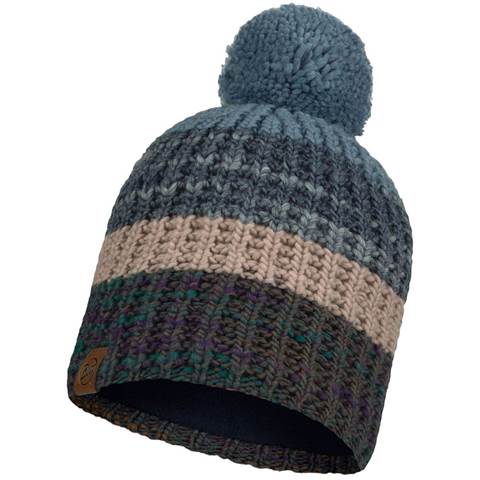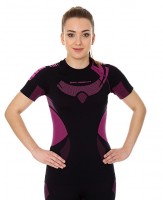There are many suppliers of excellent branded outdoor products available in the market, with such a huge choice available its easy to get confused over the correct choice to make.
This outline is not about the vast array of different brands to select from, but more to give a basic outline of what you might need when venturing out.
First the science bit:
Our bodies typically maintain the body core temperature at between 36.5-38.5 degrees C, in order to maintain this level, it is also capable of adapting to temperature variation via Sweating (when we are too warm) and shivering (when we are too cold).
When we venture out into the mountains and hills, our bodies have to cope with a range of demands that this exercise places on it, for example:
· Increase in breathing rate (transporting more oxygen in the blood)
· Increased heart rate (moving more oxygen to the muscles)
· Increased body temperature (through effort used)
· Increased perspiration (the bodies way of regulating heat)
When we encounter this sort of range of temperature fluctuation, the most sensible solution is to use what’s known as ‘the layering system’.
The layering system:
Simply put, this is the range of clothes that we determine we need to wear on our mountain day, to maintain our core body temperature.
Outer layer:
Potentially, this needs to be both wind proof and waterproof as this outer layer is the one which will shield you from the worst weather elements (rain, sleet, snow etc)
· Waterproof Jacket & Waterproof trousers Mens or Womens
Mid layer:
This element is all about keeping you insulated from the cold, it may have some element of wind resistance or sun protection.
· Thin gloves or glove liner
· Walking trousers Mens or Womens
· top, potentially a
Soft-shell jacket Mens or Womens
Synthetic Jacket Mens or Womens
· Buff
The base layer is really important as it assists in wicking away moisture from the skin helping to keep a layer of dry air around the body to assist in core temperature maintenance.
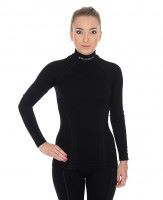



Weather:
What you wear on any day out can largely be determined via an accurate weather forecast, and checking this as close to the departure time as is practicable, will certainly aid in clothing selection.
The Mountain Weather Information Service is good start point for a view on what to expect in the region in which you are exploring – www.mwis.org.uk
Some tips:
Always start cold, it may sound counter intuitive as you get out of your car first thing on a chilly morning, however, once you have your rucksack on and have set off on your journey up hill, you don’t really want to be overheating, resulting in too much perspiration for your base layer to ‘wick’ away, which subsequently stays on the base layer and will make you cooler/cold.
A gilet is a useful addition when you stop for a break on the top of windy & cold mountain top. These can be quickly applied over the top of your existing jacket without need to expose yourself further to the elements.
Jackets/fleeces are more versatile if they have a hood, specifically when its windy, as they can be pulled up over your headwear to help prevent the debilitating effect of freezing cold ears!
Base layers/underwear, if at all possible, try and buy seamless if you can, the last thing you need is uncomfortable ‘nether regions’ through the chafing effect of ill-fitting clothes.
Socks – as per base layers, get the best pairs that you can, preferably seamless, in order to avoid rubbing feet/toes which can result in the overheating effect leading to a heat burn(blistering) it’s definitely one to avoid!
NB: in the same way, the thickness of your socks is an important point to consider to prevent ‘sweaty feet’ IE: Don’t wear your full on winter warmers during the summer months if you wish to keep your ‘tootsies’ properly regulated!
Caps are a useful light addition to always have in your rucksack, they support your defence against the harmful rays of the sun and often have a sweat band contained within them to contain any moisture.
Finally, its good advice to carry a pair of polarized sun glasses with you to protect your eyes from the harmful UV rays from the sun, in addition to which they assist in reducing glare and reduced visibility along with the associated discomfort that brings.


